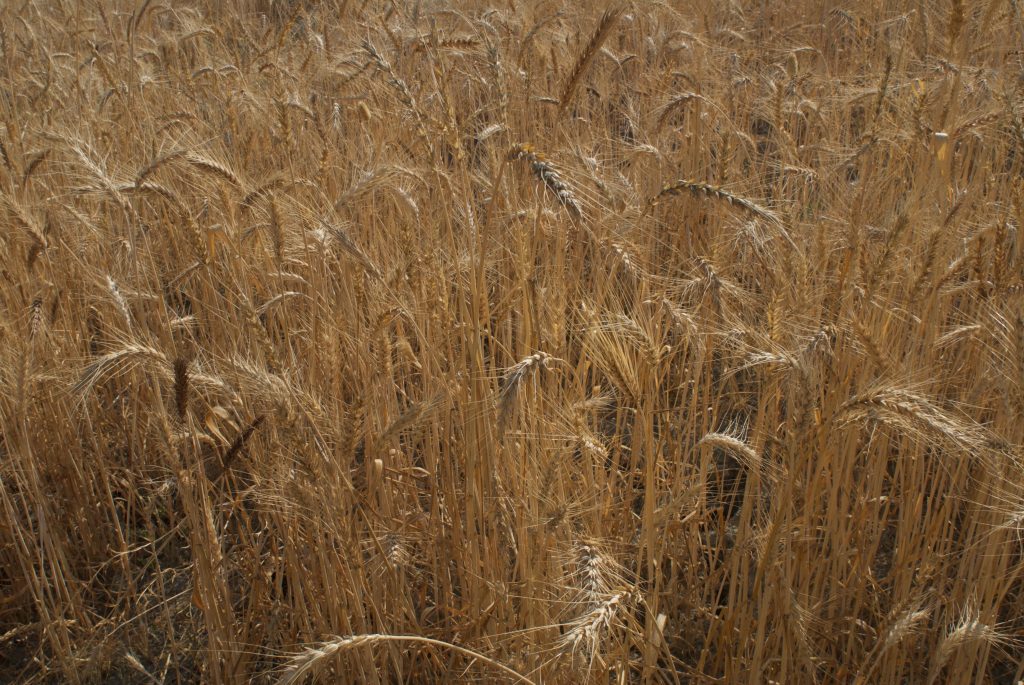SEASONAL RAINFALL AND THERMAL TIME (OCTOBER-JUNE)
Meteorological data collected for the two main locations of the DIVERSIFOOD trials on soft wheat Evolutionary Populations, are compared side by side for the whole period of adaptation of same SOLIBAM soft wheat EP in these two very different regions (Floriddia-Tuscany and Li Rosi-Sicily).
Thermal time (cumulative Growing Degree Days) for Tuscany (Floriddia) and Sicily (Li Rosi). Graph shows a clear warming trend in both locations over the 6 growing seasons period (Oct-June).
Growing seasons’ rainfall (Oct-June) for Tuscany (Floriddia) and Sicily (Li Rosi). Graph highlights high inter-annual variability for both locations, with Sicily being generally dryer than Tuscany.
SOLIBAM SOFT WHEAT POPULATIONS
SOLIBAM Li Rosi -SICILY
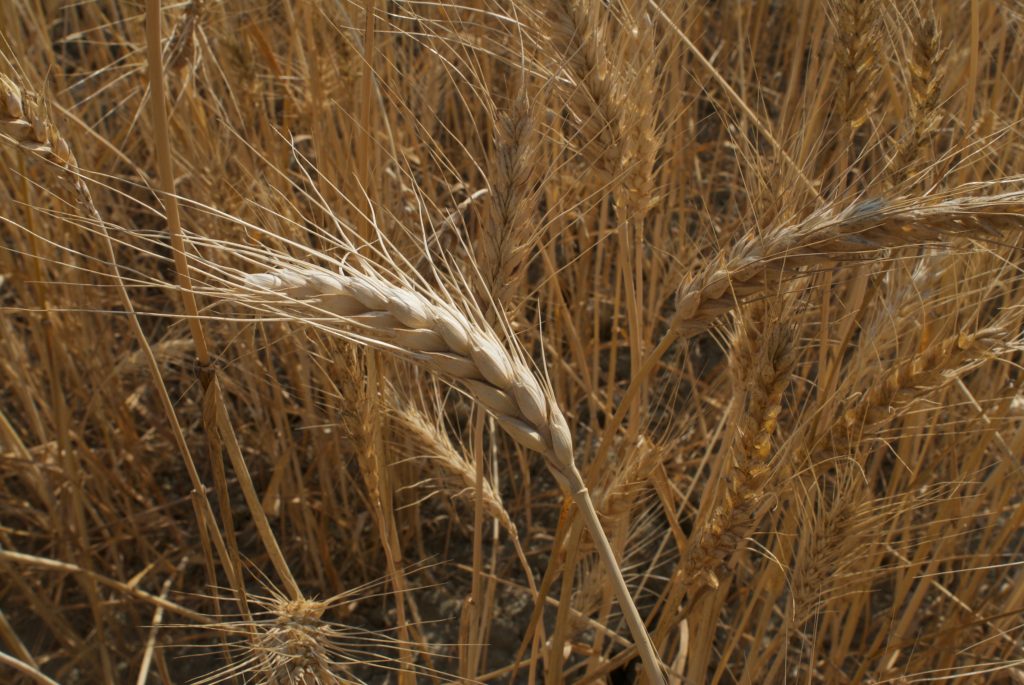 Starting from ICARDA’s soft wheat EP (created in 2009 by mixing ca 2000 F2, F3 and F4 from about 200 parental lines), it has been grown by Giuseppe Li Rosi on his farm continuously since October 2010 – we are now in the 7th growing season. Because of the very selective environment (hot and dry) the population has been subject to a high selective pressure in its environment of adaptation. Short plants with awned ears are clearly dominating, coinciding with earlier maturing genotypes.
Starting from ICARDA’s soft wheat EP (created in 2009 by mixing ca 2000 F2, F3 and F4 from about 200 parental lines), it has been grown by Giuseppe Li Rosi on his farm continuously since October 2010 – we are now in the 7th growing season. Because of the very selective environment (hot and dry) the population has been subject to a high selective pressure in its environment of adaptation. Short plants with awned ears are clearly dominating, coinciding with earlier maturing genotypes.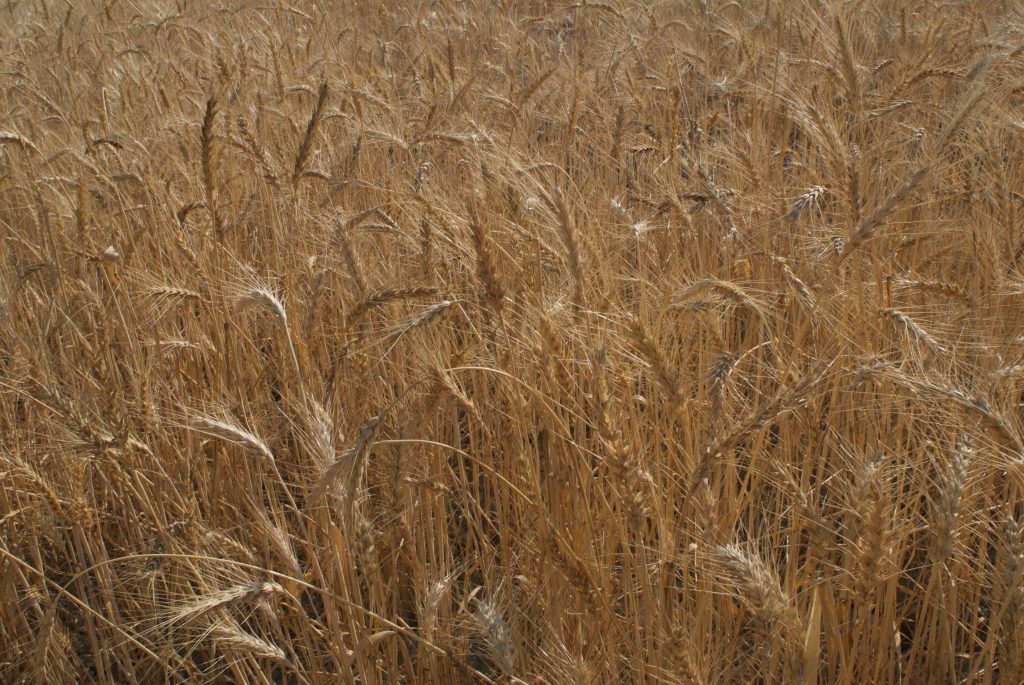
SOLIBAM Floriddia – TUSCANY
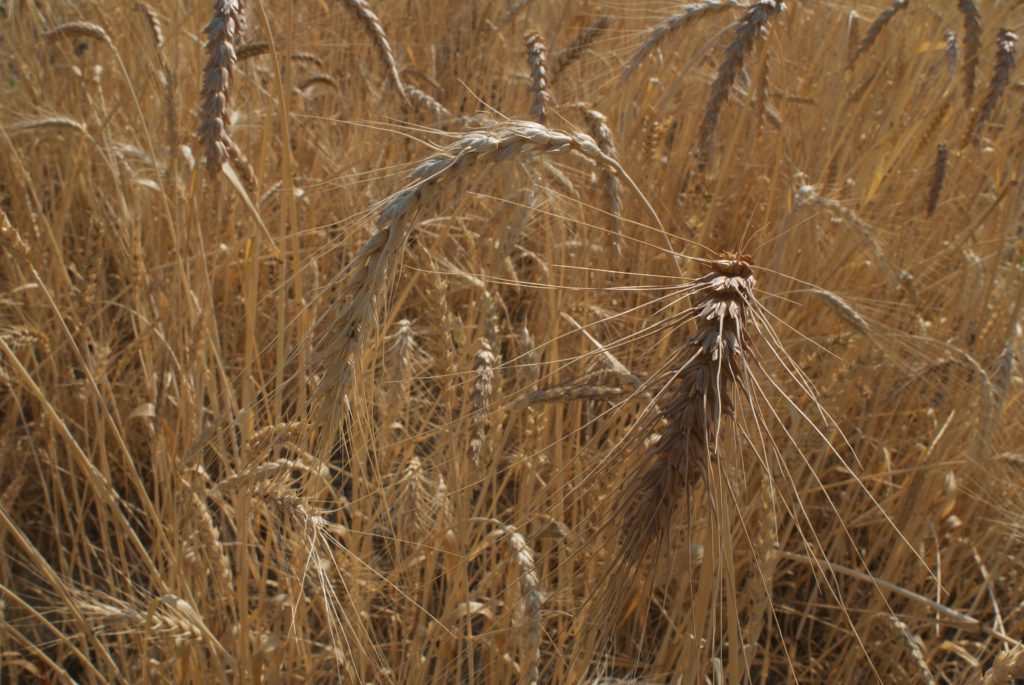 Starting from same ICARDA’s soft wheat EP (created 2009), it has been grown by Rosario Floriddia on his farm continuously since October 2010 – we are now in the 7th growing season. Population still displays a huge diversity with a dominance of taller types, favoured by natural selection in organic conditions (outcompete weeds). Awned and non-awned types both present in equal numbers. Presence of shorter plants warrant support of taller ones and reduce risk of lodging.
Starting from same ICARDA’s soft wheat EP (created 2009), it has been grown by Rosario Floriddia on his farm continuously since October 2010 – we are now in the 7th growing season. Population still displays a huge diversity with a dominance of taller types, favoured by natural selection in organic conditions (outcompete weeds). Awned and non-awned types both present in equal numbers. Presence of shorter plants warrant support of taller ones and reduce risk of lodging.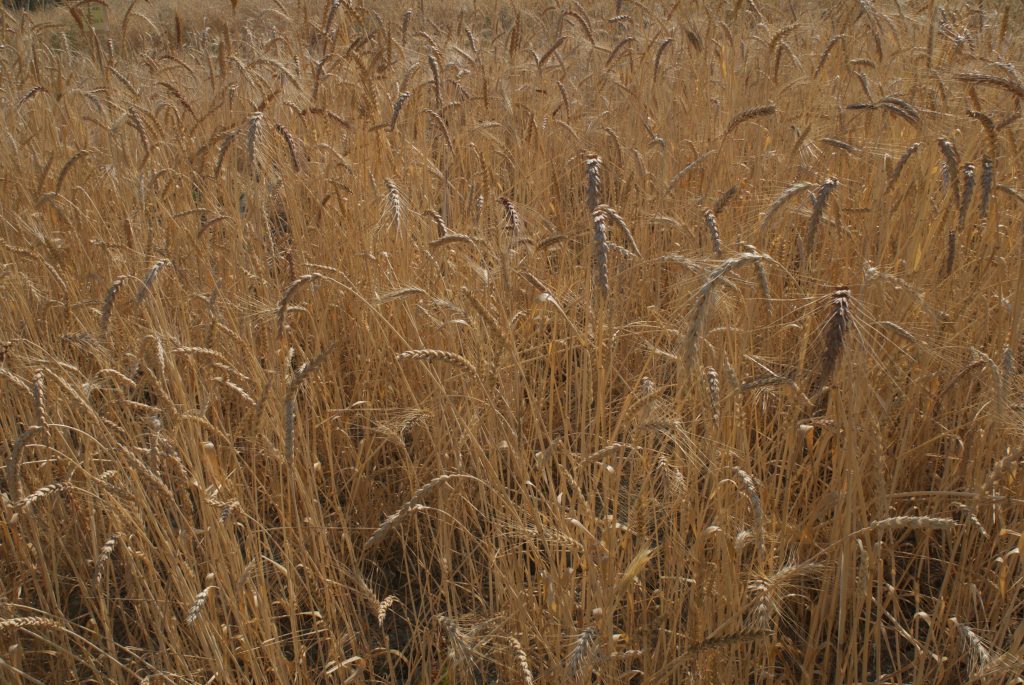
SOLIBAM ROSARIO’S SELECTION – TUSCANY
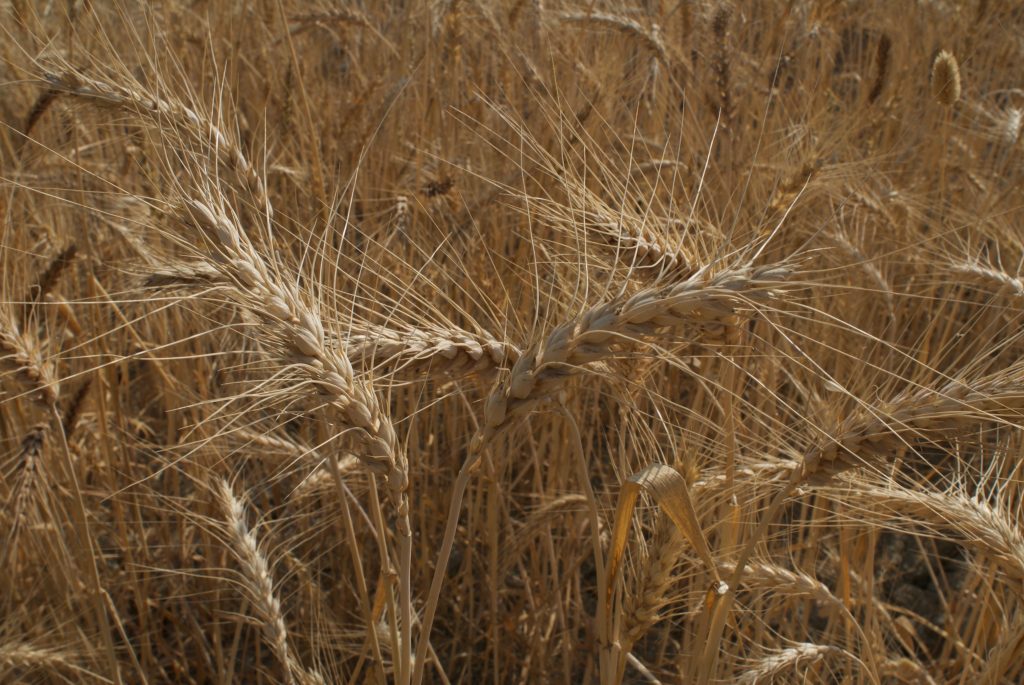 During season 2011/2012, Rosario Floriddia selected some ears from what he thought were the best plants from the SOLIBAM population growing in his field. We are now in 4th growing season and so far his selection has been the most productive on his farm. 2011/2012 was an exceptionally dry year in Tuscany, therefore the best looking plants that year were also the earlier maturing ones. It’s therefore not very surprising to note that FLORIDDIA’s selection is morphologically quite similar to its Sicilian counterpart (SOLIBAM Li Rosi): shorter plants with awned years.
During season 2011/2012, Rosario Floriddia selected some ears from what he thought were the best plants from the SOLIBAM population growing in his field. We are now in 4th growing season and so far his selection has been the most productive on his farm. 2011/2012 was an exceptionally dry year in Tuscany, therefore the best looking plants that year were also the earlier maturing ones. It’s therefore not very surprising to note that FLORIDDIA’s selection is morphologically quite similar to its Sicilian counterpart (SOLIBAM Li Rosi): shorter plants with awned years.